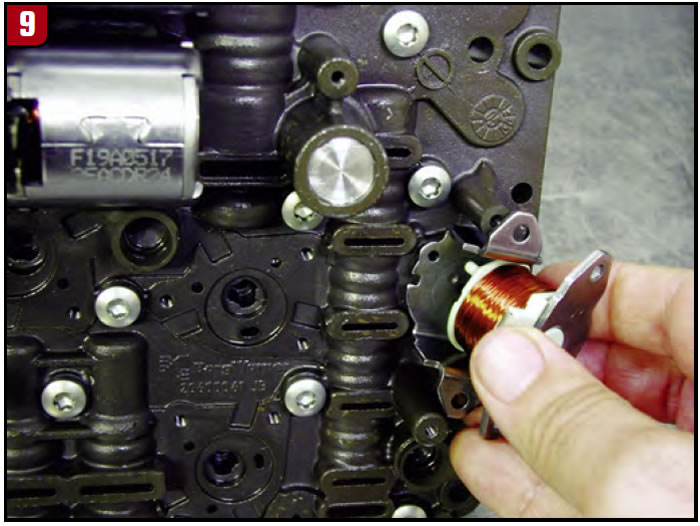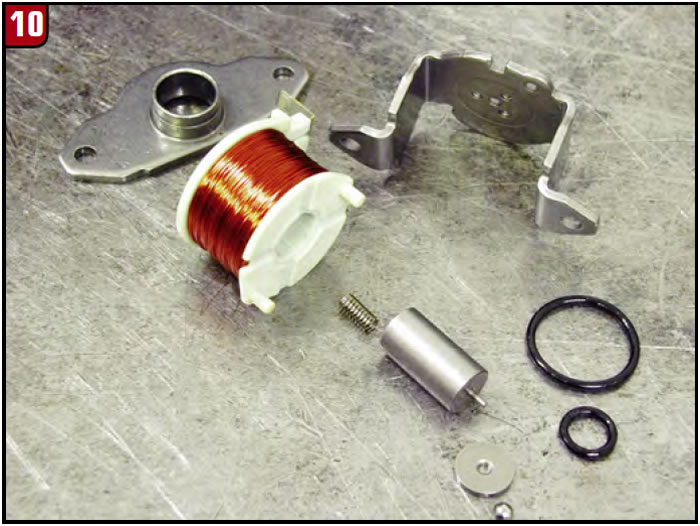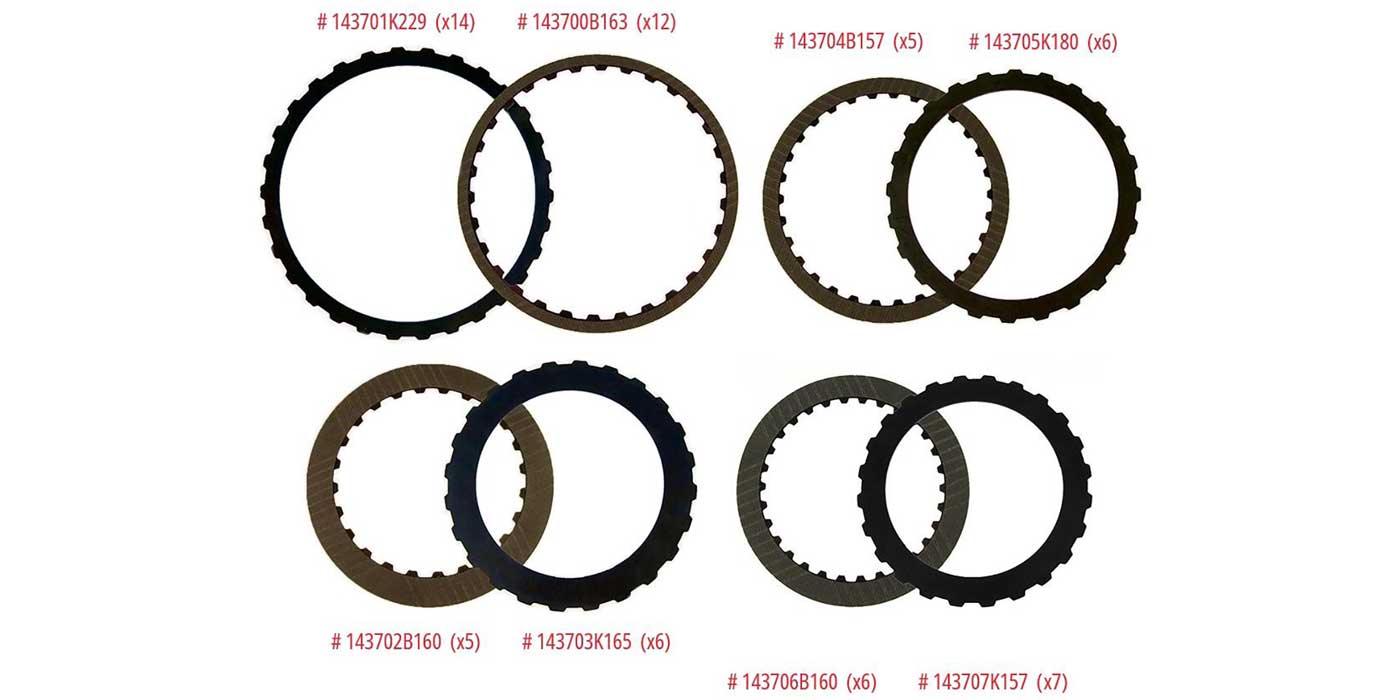
Shift Pointers
- Author: Wayne Colonna
- Subject Matter: DL501-7Q
- Issue: Programming? Transmission?
The DL501-7Q is the manufacturer’s designation of Audi’s 0B5, seven-speed, dual-clutch transmission. It’s a real beast of a transmission weighing in more than 300 pounds, which is certain to hurt your back if you do not handle it correctly. There are quite of few of these running around on the streets here in the U.S. and many more worldwide. A code set for a transmission range sensor is one reason a vehicle will find its way in for repairs. Another more common reason is shifting issues related to the double clutch drum assembly.
R. Logmans, the software engineer from TVS-Engineering BV explains how a programming problem can disguise itself as being a transmission issue. As a driver would travel through mountainous regions, for example, the gear box heats up, which causes the clutches to slip more. Heavy towing could simulate the same environment. The computer will then raise clutch pressure to compensate for the slip, which changes the adaptive values. This will now affect the operation of the vehicle when driven afterwards where the transmission had time to cool down.
A common symptom would be that when the vehicle is just about to stop, a severe shift shock is felt as it resonates throughout the whole car. The higher clutch adapts prevent the clutch from releasing fast enough producing the shock. This can easily be mistaken as being a mechanical issue, a clutch issue or a mechatronic issue when it is not. Resetting the clutch adapts will eliminate this complaint, proving it is not one of these three possibilities. The problem will reoccur, however, once it is driven again under the same conditions that caused the clutch adapts to change in the first place.
One very good reason this adaption issue is commonly thought to be a transmission problem is that it can be. These transmissions are also known to develop valve-body problems affecting the clutch cooling circuit.
Since there are software updates that address this adaptation issue, the first approach is to reset the clutch adapts to see if the harsh clutch release is eliminated. If it remains, there is a definite problem internally. If the shift returns to normal, check to see if the vehicle has the latest software update. If it does, this too will point to an inside transmission problem. If it doesn’t, update the software. Should the vehicle come back a month or two later with a harsh clutch release; a clutch cooling problem does exist in the transmission.

Alex Boon from Henri’s Power Transmissies in the Netherlands is aware of these issues and had several of their jobs return two months later with the “shock on clutch release” complaint. They went into the valve body and performed a number of updates available through Audi and Sonnax. They all left with no issue for the exception of one. The car lost second and reverse gears and produced a DTC P17D5 for transmission control valve 3 mechanical malfunction (N439 solenoid). Of course, as they put it, a little panic sets in. This is not the easiest transmission to pull and to roll around on the bench.
They were thinking maybe one of the gear selectors was misaligned or they installed one of the update kits incorrectly. So out comes the mechatronic unit (Figure 1) only to find everything was properly in place.
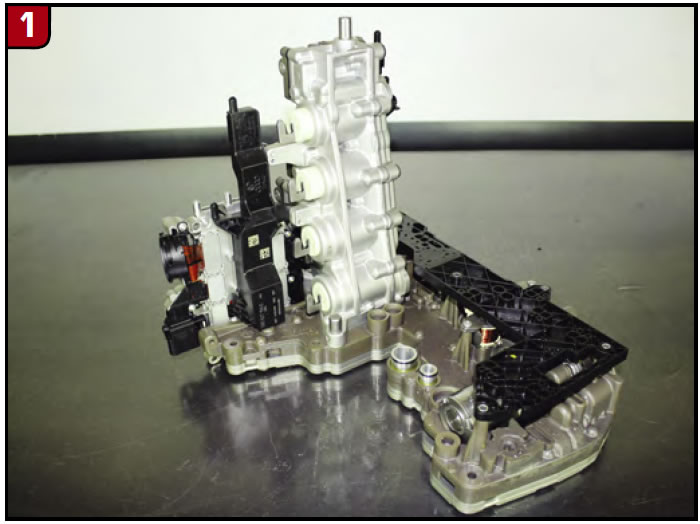
Or so they thought. As they were testing the solenoids they made a discovery. The disc that acts as a solenoid ball seat under the solenoid was upside down (figures 2 and 3).
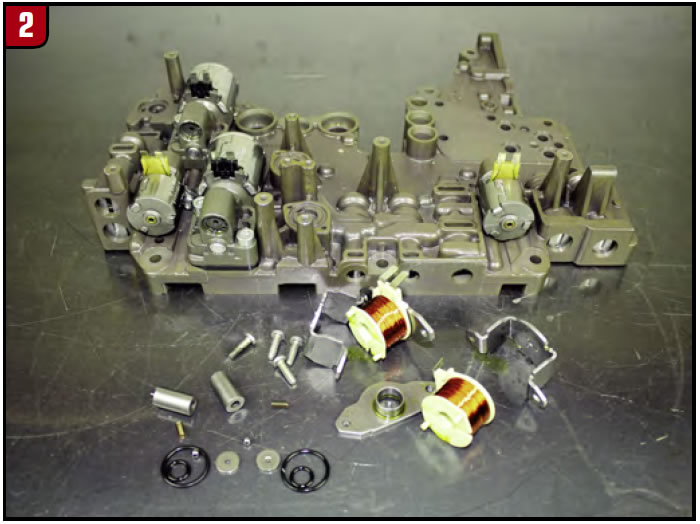
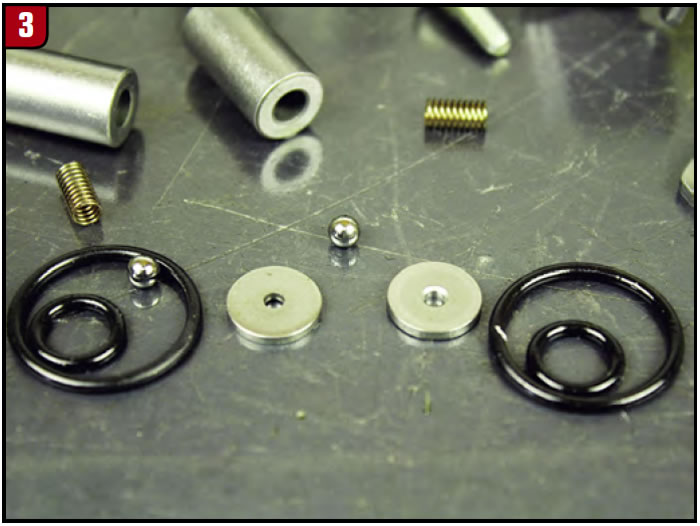
Alex was kind enough to send close-up photos showing this simple mistake that caused such a dramatic result. Figure 4 is a view of the bottom of the solenoid showing the plunger that acts upon the ball.
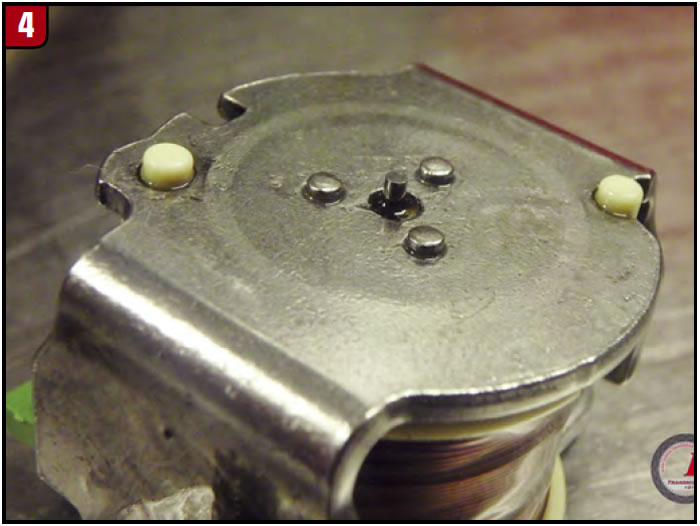
Figure 5 is a picture of the disc correctly placed against the solenoid. The ball seat is in the center of the disc is in view.
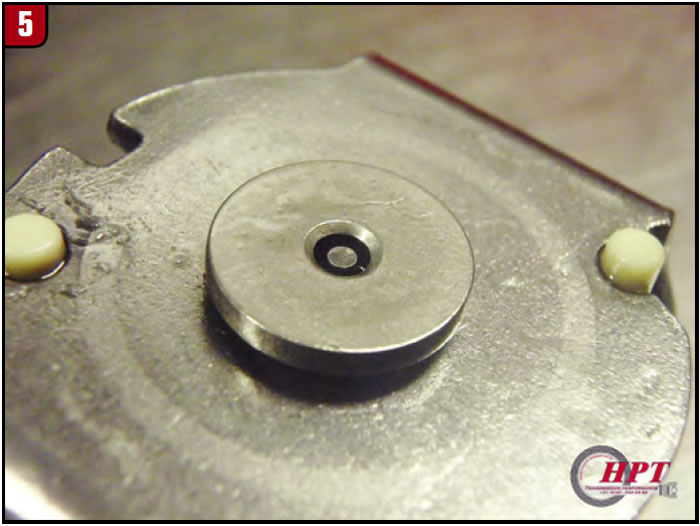
Figure 6 shows the disc incorrectly placed against the solenoid. With the ball placed on the disc side that does not have a ball seat (Figure 7), the solenoid plunger becomes ineffective. The ball is blocked preventing pressure from stroking the Even Gear Switch Valve. If this valve doesn’t stroke, it blocks pressure from reaching the K2 clutch. Without a K2 clutch, there are no reverse or even gears. All Alex had to do was flip the disc to resolve this self-inflicted injury.
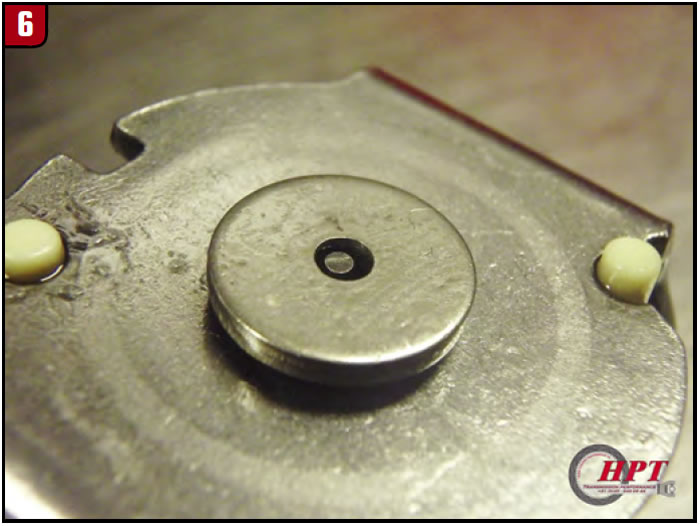
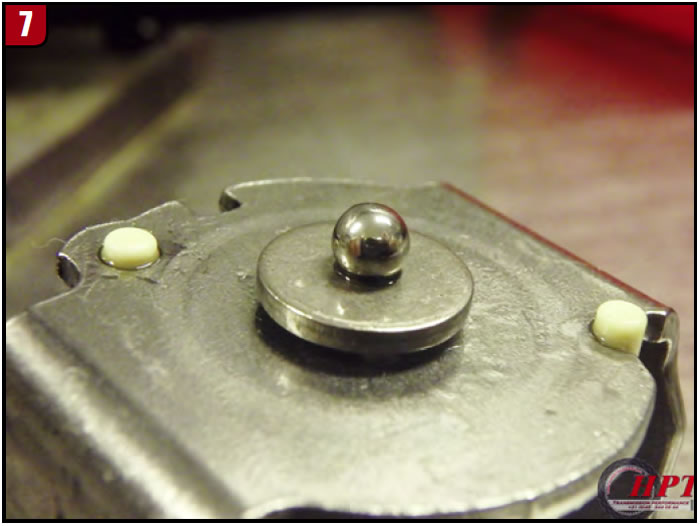
As a side note: This style solenoid as it first appeared in Saturn’s CVT transmission (Figure 8) was discussed in the July 2004 issue of Transmission Digest.
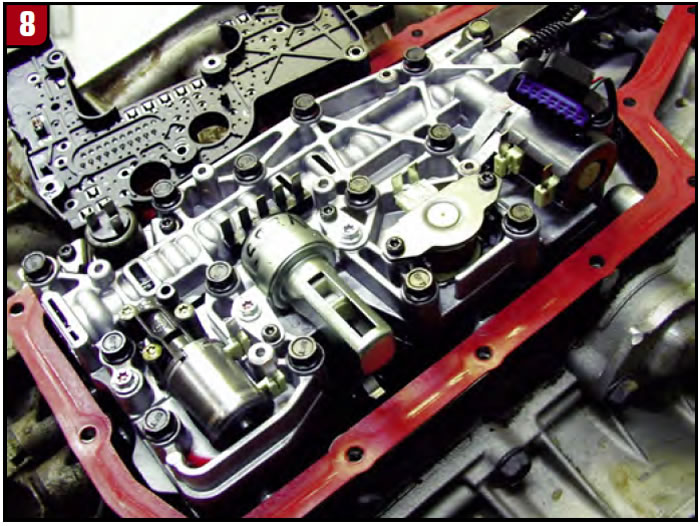
It then came up in the August 2007 issue within a series of articles on the 02E DSG as this transmission uses the same solenoid (figures 9 & 10).
Make sure you flip the disc to the right position or someone may be flipping their lid.
